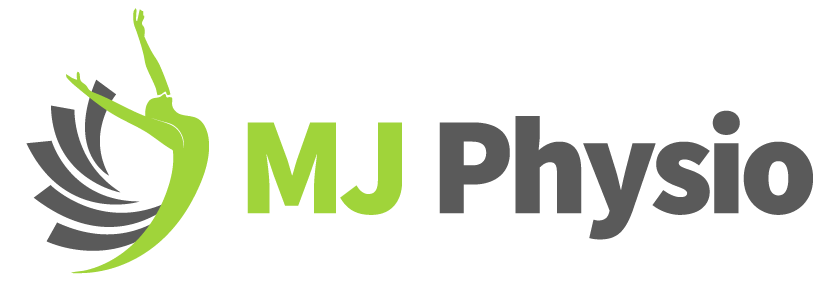Introduction:
Cardio Physiotherapy or Cardiac Rehabilitation encourages patients with a history of heart diseases to live an active life. It helps the patient recover physically and psychologically. The program is customized by a team of professionals; it focuses on a better lifestyle for patients involving exercise, balanced diet, emotional counseling, and proper medication.
The team consists of
- the doctor who recommended this therapy (mostly cardiologist or physician)
- nurse (preferably specialist in these cases)
- physiotherapist
- counselor
- pharmacist
- dietician
- psychologist
- therapist
Apart from these professionals, the involvement of friends and family is crucial and makes the process even easier and quick; this requires team effort.
Goal of Cardiac rehabilitation
The basic aim of cardiac rehabilitation is to decrease the probability of heart-related diseases that are likely to happen. It improves the lifestyle and quality of living; And it also lessens the conditions from worsening.
It can be life-saving; few goals of this program are listed below.
- improves the functioning of heart
- relieves palpitations
- helps in working efficiently
- increases the functional capacity of a person
- reduces the risk of sudden deaths due to cardiac arrests
- relieves depression and anxiety
- promotes self-confidence
- helps to manage stress
- encourages to quit smoking
- promotes to be physically active
- helps in making better dietary decisions
- reduces the medical costs
- promotes movement and early discharge (if admitted)
Also See: How to prevent injury with Physiotherapy
Why should one opt for Cardiac Rehabilitation?
Cardiac rehabilitation is opted for people with various types of heart diseases. Particularly, one benefits by cardiac rehabilitation if the medical history includes:
- Heart failure
- Heart or lung transplant
- Pulmonary hypertension
- Cardiomyopathy
- Heart attack
- Certain congenital heart diseases
- Peripheral artery disease
- Angioplasty and stents
- Coronary artery disease
- Chest pain (angina)
- Coronary artery bypass surgery
- Heart valve repair or replacement
Even if the person is not suffering from the above condition (s), and wants to take up the cardiac rehab program, it is still advisable because it reduces the risks of any diseases.
Risk Factors to be considered:
The risk factors to be considered can be classified into two modules: modifiable and non-modifiable.
Non-modifiable factors include
- Gender
- Age
- Family history of cardiovascular diseases
- Patient’s cardiac history
- Diabetes
Modifiable factors include
- Obesity
- Stress
- Smoking
- Hypertension
- Alcohol intake
- Depression
- Inactivity
How to Choose a Rehab Program?
One should consider the below-mentioned points while choosing a rehabilitation program:
- A referral is important from a reputed doctor to enter the program.
- The doctor should be reported regularly regarding patient’s progress reports.
- A stress test is done under doctor’s supervision before starting the program in order to identify the risks of exercise program and also to design activity guidelines. One is to be informed of the benefits and risks.
- The availability of the counseling services for the patient’s family members and caregivers is to be checked in advance.
- The trained staff tailors a specially customized treatment plan based on the risks.
- Check the procedures during emergencies, for instance, emergency equipment and supplies.
- Discuss the fees and insurance coverage.
Also See: Benefits of Physiotherapy
How Cardio Physiotherapy helps you
The program can run from 6 weeks to 12 weeks, depending on the patient’s condition and recovery rate. It usually takes place in hospitals or rehabilitation centers and sometimes the patient’s home. The various means of these programs can be: on the internet, over telephone or face-to-face.
The program consists of a combination of:
- Exercise
- Nutrition counseling
- Emotional support
- Education about the condition
Phases of Cardiac Rehabilitation:
The program usually comprises of four phases; the term ‘phases’ is used to highlight the fact that the time may vary in each part.
Phase 1: Time when the patient is in the hospital
A professional from the team visits the patient to:
- support and inform his family regarding the heart disease
- identify the risk factors
- discuss the modifications in lifestyle that are risky & provide a plan to support the changes in it
- plan a discharge activity program
- encourage the patient to stick to the plan and start daily walks
- inform about the details of phase 2 and 3
At this stage, the activity levels progress and depends on the patient’s medical condition. The patient is to be monitored carefully to detect any signs of cardiac decompensation.
Educational sessions should be commenced providing information re:
- Psychological reactions to the event
- Cardiac pain/symptom management
- Correction of cardiac misconceptions
Phase 2: Events Post Discharge
The goals of this phase are to:
- reinforce cardiac risk factor modification
- Provide education and support to patient and family
- Promote continuing adherence to lifestyle recommendations
Support and education can be provided through phone calls and home visits.
Phase 3: Independent conditioning
Exercise prescription based on
- Risk Stratification
- Clinical status
- Previous activity
- Future needs
Education for patient and family
- Cardiac Anatomy and physiology
- Recognition of cardiac pain and symptom management
- Cardio-protective healthy eating
- Stress management and relaxation techniques
- Counseling and behavior modification
- Smoking cessation
Phase 4: Maintenance
Goals:
- To facilitate long term maintenance of lifestyle changes
- To monitor risk factor changes & secondary prevention

